A Personal Experience –
Costumed skeleton figures, colourfully decorated skulls made of chocolate or sugar and intricate altars were on display this year at the “Dia de los Muertos” in Mexico – from the largest city to the smallest village – all over the country. The state of Michoacán is particularly famous for its “Dia de los Muertos” celebrations.
When I heard that there would be a cheap, student-organized bus trip to Morelia, Pátzcuaro, the island of Janitzio and Tzintzuntzan in the state of Michoacán for “Dia de los Muertos”, I knew right away – I’m there!
So on October 31st we started early in the morning towards Michoacán with the first stop in the federal capital Morelia. Due to the well-preserved colonial buildings, Morelia is one of the most visited cities in Mexico. Since 1991 the old town has even been a UNESCO World Heritage Site. Once there, we didn’t have to look far for the colourfully decorated altars. The main thing that caught our eye was an orange flower called “Flor de Cempasúchil” in Spanish. But the flower was not the only natural ingredient for the altars: things like salt, sugar and beans were also used to create a wide variety of images – it was really impressive!
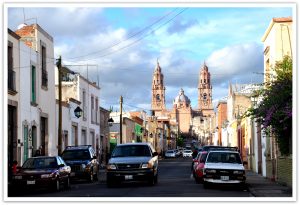
After a successful day, we moved to a club in the hills of Morelia in the evening, where almost everyone – whether Mexican or foreign – was dressed up. My friends and I had decided on the typical Mexican way of putting on make-up, and so we turned ourselves into the classic skeleton “La Catrina”.
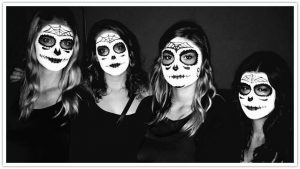
But there was really everything to see, from football players to superheroes and creepy zombies.
The next day we continued to the colonial town of Pátzcuaro which is a “Puebla Magico” meaning magical village. Pátzcuaro is only 5 kilometers from the shore of the lake of the same name. There are many markets with typical artesenia from the region made from carved and lacquered wood, silver, ceramics, copper and textiles. There is also “Pan de Muerto” meaning death bread which is sold everywhere. This is the traditional Dia de los Muertos cake and it is consumed all over the country at this time of the year. We also happened to get to a place where costumed people were performing “The Dance of the Old Men” (Danza de Los Viejitos). It was very interesting to see this traditional Michoacan dance and admire how the men danced around their cane with their wooden sole shoes and stomped on the floor. The costume reminded me of the guilds of our German carnival.
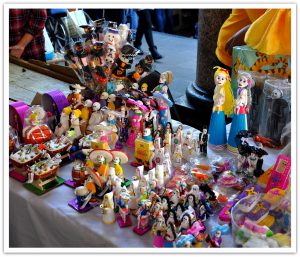
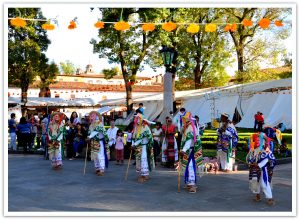
We got lost in the atmosphere and continued towards Isla Janitzio a little late which made it dark when we finally arrived at the boat that would take us to the island in Lake Pátzcuaro. But actually, the darkness suited the backdrop quite well. The whole island sparkled with the numerous candles in the cemeteries and soon you could see a large, illuminated statue (that of José Maria Morelos – an honorable hero of the Mexican Revolution) on the tip of the island of Janitzio. To be able to see it up close, you had to pay a small entrance fee (10 pesos) after the climb. Inside the statue, a staircase leads up to the top, offering a fantastic view of the lakeside villages and the lovely landscape of Michoacán.
If you don´t want to go that high, you could try the fresh fish which is deliciously prepared in small family restaurants, or simply stroll through the many alleys that form one large market. There is no way you can miss a visit to the cemetery to marvel at the graves decorated with fruit and flowers.
Afterwards, we continued to our last stop, the small town and archaeological site of Tzintzuntzan. From the pre-hispanic period, only the ruins of seven yacatas (typical pyramids with slightly stepped side walls) are preserved. In my opinion, the graves were also most impressively decorated here. I have never seen so many flowers and candles at once – really beautiful!
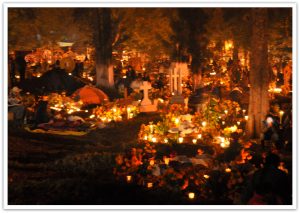
All in all it was a really great trip that I would recommend to anyone who has the chance! It was great to see such an important part of Mexican culture and to see how Mexicans celebrate death.


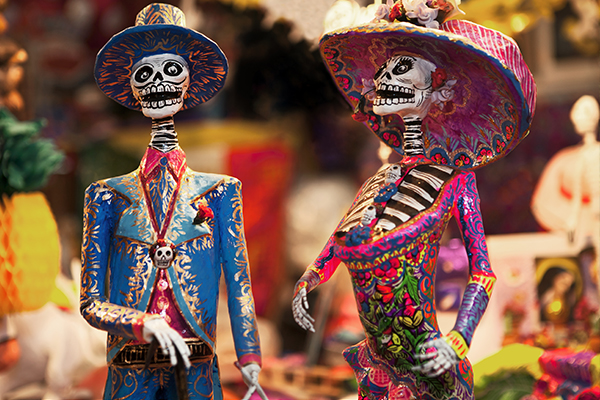
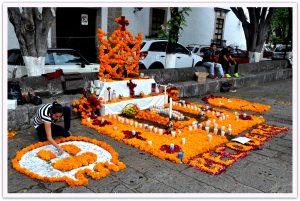
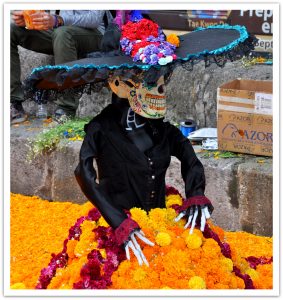
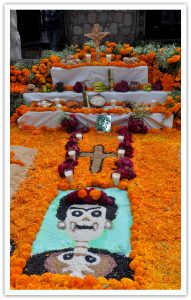
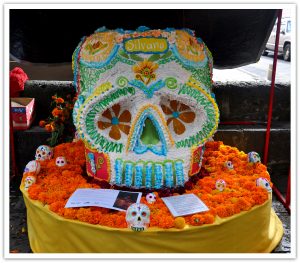
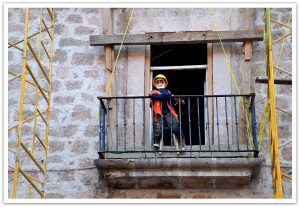
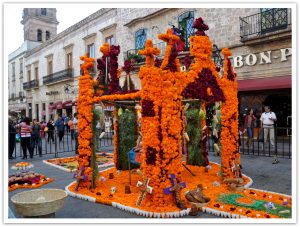
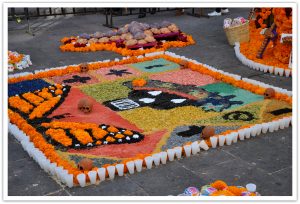

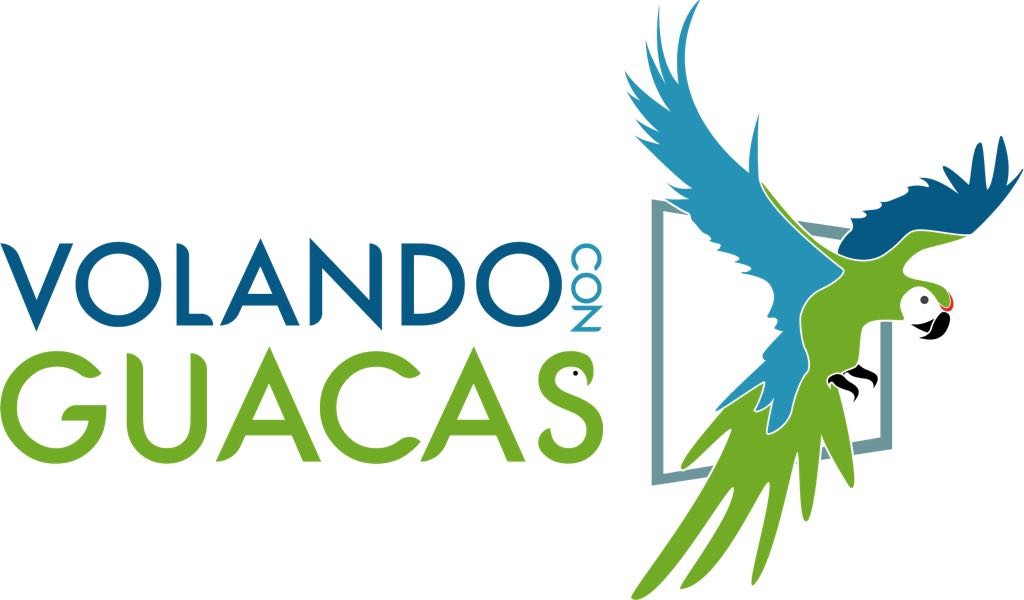
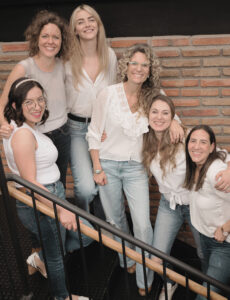
Comments
best ed pills
erectile medication where to purchase
is erectile dysfunction a va disability
order erectile dysfunction pills
impotence
for erectile health and better blood flow
erectile organs crossword
erectile rehabilitation program
herbal erection pills
erectile disorder dsm 5 criteria
erectile issues after heart attack
does erectile dysfunction cause depression